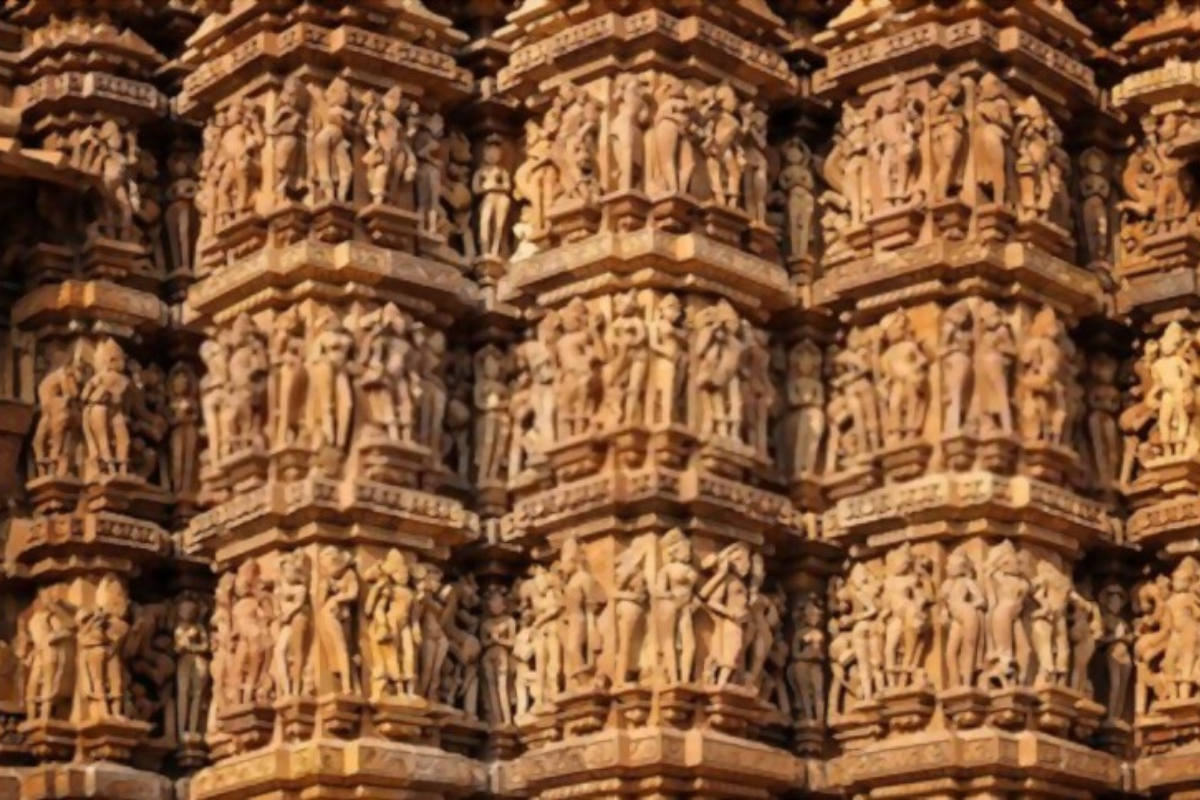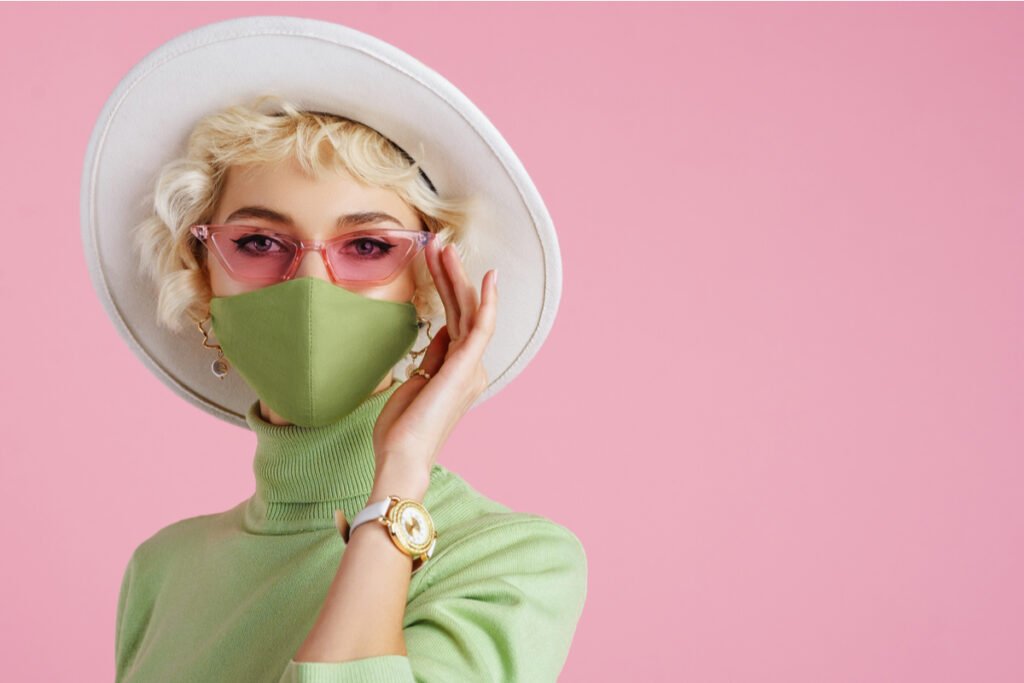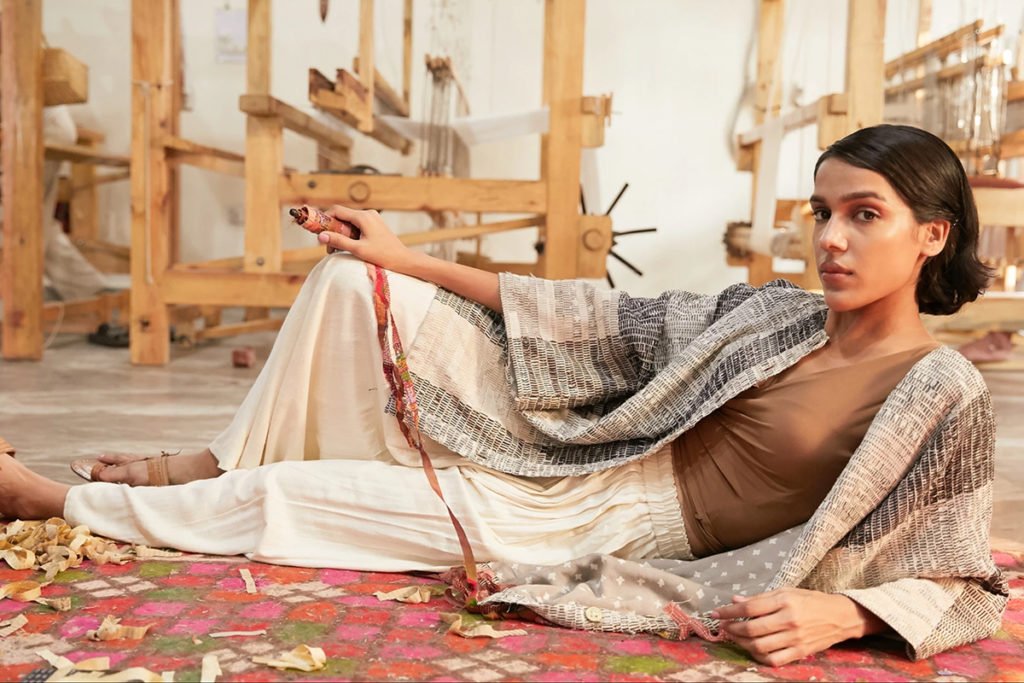6th September 2021 will mark the third year of Article 377 being amended and homosexuality decriminalized in India. A landmark day after a very long time and the biggest news story of that year. There were celebrations, followed by a lot of debate; many people claimed that this decision by the Supreme Court had pushed India to adopt Western ideals of liberalism in India. Some believed that India is now like the West when it comes to its attitudes towards the LGBT community.
However, if we go back in time along the rainbow-painted lanes, the Indian community had a different view. A noted historian pointed out that it’s vital to know India’s history to understand why the British made homosexuality illegal in India. When Britishers invaded our country, they brought their own laws and rules to India, which included Section 377 – it banned homosexuality and made it a criminal act. Many of the founding fathers of our nation-state were trained in British schools and colleges, and that’s why they seemed to agree with this British outlook. It remained part of India’s constitution long after India’s independence in 1947, mainly because of the ignorance of history and political apathy.
Embracing medieval history

Although Britishers enforced the law, it didn’t conform with our country’s attitude towards homosexuality. It had more to do with the belief systems of Christians. So, we can say with pride that this decision to amend Article 377 actually took India back to its original roots. Many experts also shared their belief that India was more open towards homosexuality before the British era. There is enough evidence of this in medieval history and mythology. One historian said that ‘love was celebrated in all forms in India’. India was a relatively progressive and accepting society than a conservative one. There is enough evidence of it throughout old Indian architecture, ancient texts, and chronicles from India’s era of kings and queens. So, let’s take a peek into the lives of queers in ancient India.
For a very long period, there was a belief that a medical analysis of gender expressions or queerness is the contribution of the West. However, Indian medical texts – Charaka and Sushruta Samhitas, authored by Charaka and Sushruta, respectively – discuss these topics in great detail. Being queer was believed to be a genetic variation and not a choice. There are approximately 50 terms in Sanskrit about alternative gender and sexual expressions. Two important scriptures, Naradasmriti and Sushruta Samhita, related to dharma and medicine, respectively, proclaim queerness to be unchangeable and prohibits gay people from marrying someone from the opposite sex. Ancient India perceived alternative sexuality as a birth trait and not a behaviour or habit acquired by a person due to their surroundings.
Even Kamasutra (meaning formulae of desire) is a vast text composed by Vatsyayana, and all the non-binaries are classified as the third gender in this text.

Many of the old Hindu temples depict sculptures and pictures of same-sex people embracing each other. Khajuraho temple in Madhya Pradesh, built between 950 and 1050 by the Chandela dynasty, has the most vivid examples. This kind of temple art can also be seen in the 13th century Sun Temple in Konark, Orissa, and the monastic Ajanta and Ellora caves in Maharashtra. In essence, homosexuality was acknowledged but not approved. However, gay people were never outcast from society or looked down upon. Our community was definitely more broad-minded and tolerant.
Instances of queerness can also be found in some Mughal chronicles; the Mughal emperor Babur, who founded the Mughal dynasty, also wrote about his love for men without embarrassment. Emperor Alauddin Khalji‘s son, Mubarak, was known to be in a relationship with one of the noblemen in his court.
Queer instances in Indian mythology
There are some instances in Indian mythology that also depict gay relationships and mention queer people. One of the great epics, Ramayana, which is a big part of the history of Indian mythology and marks the victory of good over evil, depicts the tale of King Dilip, who had two wives. He died without any heir to look after his throne, and it is believed that Lord Shiva appeared in the dreams of the two widowed queens. He told them that if they copulated, they would have a child. So the queens did as ordained by Lord Shiva, and later, one of them got pregnant. That child was the famous King Bhagirath, known for ‘bringing River Ganga from heaven to Earth’. However, there is a complete erosion of this fact from various interpretations of Ramayana, mainly due to queerphobia.

Another tale is of a transgender warrior Shikhandi, from the second epic, Mahabharata, which also marks the victory of good over evil and establishes dharma (a way of life). Shikhandi was the daughter of King Drupada and was raised as a prince to take revenge from the Kurus, the rulers of Hastinapur. Shikandhi was even married to a woman, and after being acquainted with reality, her wife revolted. The day was saved with the divine intervention of a sage, who bestowed Shikandhi with womanhood during the day and manhood at night. At that time, women were not allowed to take part in battle, but Shikhandi (who was Amba in a past life), was born to kill Bhishma – she had vowed to take revenge.
Another historical event in Indian mythology is The Great Churning. According to Matsya Purana, during the churning of the milky ocean, Lord Vishnu transformed into a beautiful woman named Mohini to trick the demons so that the Gods drink the amrit (elixir or immortal juice found from churning of the ocean). That’s when Lord Shiva fell for Mohini (who was actually Lord Vishnu). Their union led to the birth of a child, who is now known as Lord Ayyappa.
In the 4th century India, many cities had people of the same gender who trusted each other and were involved in romantic relationships. This was not concealed from anyone in society and was discussed through poems written in Sanskrit dedicated to their lives. In medieval India, queer expressions were found in abundance; the temple sculptures, miniature paintings, court texts, and cross-dressing (both deity and devotee) can be seen across India even today.

One can proudly say that the amendment of 6th September 2018 definitely helped India recover what it had lost during the colonial era – the same broad-minded attitude towards the LGBT community. It’s been a great move, not only because it gives the queer community the rights it always deserved but also reminded us about the importance of knowing actual historical facts from the past and how they play an integral part in shaping our present mindset. Accurate historical facts can make so much difference, and how! The amendment of Article 377 is the greatest example that one can see in recent times.
Although a lot more has to change when it comes to the mindset of people, today’s youth will be the torch-bearers for the present and future generations. There needs to be more conversation around this, and it’s imperative to sensitize younger generations and teach them about the importance of respecting everyone, irrespective of their gender or sexuality. Change always begins with the first step, and I see that India is slowly but steadily moving in the right direction. May kindness rise, humanity thrive and may everyone continue to take pride in their identity throughout their life.






1 Comment
Pingback: Has India Lost Its “Unity In Diversity”? – Legal 60